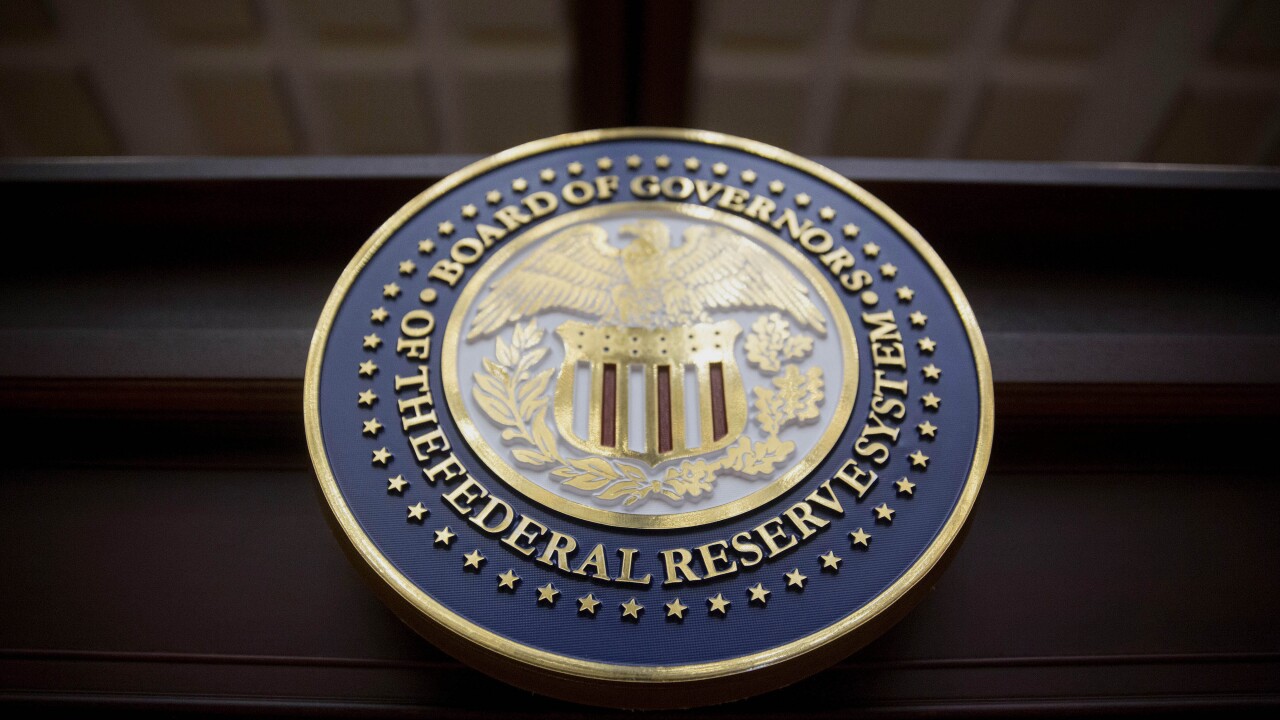
The U.S. economy slowed faster than previously realized, according to the latest revision to the government's gross domestic product estimate.
Overall, the GDP's rate of contraction was lowered by 30 basis points, from an annualized rate of -0.2% to -0.5%, according to the Bureau of Economic Analysis' latest report, released Thursday. This is the final revision of first-quarter GDP. The initial reading showed the economy shrinking 0.3%.
Two consecutive quarters showing contraction is the textbook definition of a recession, although policymakers have cautioned against reading too much into the first-quarter reading, pointing to the elevated import factor as a one-time shock.
Imports, which count as a negative in GDP calculations, were still the driving force behind the output decline in the first quarter, increasing nearly 38% over the previous quarter. Government officials and economists have attributed this uptick to businesses pulling forward international orders to avoid higher future costs related to impending tariff implementations.
During his post-Federal Open Market Committee meeting
Several other Fed officials have also gravitated toward the PDFP measure of economic activity in recent months as a steadier read of output.
Still, the latest GDP report portends a potentially more sustainable decline in economic activity, given the pullback on discretionary spending, including recreation and transportation services. Powell had noted that the PDFP reading also reflected a decline in consumer spending.
This trend also matches up with surveys that show weakening economic confidence and higher inflation expectations in the year ahead.
"It remains to be seen how these developments might affect future spending," Powell said last week.
The slowdown in economic activity has not yet resulted in layoffs or a significant softening of the labor market, but some officials are warning that such a shift could be on the horizon.
Bowman and Gov. Christopher Waller are the only two FOMC members who have said they would favor lowering interest rates at next month's meeting, provided inflation remains near the Fed's 2% target.
"If upcoming data show inflation continuing to evolve favorably, with upward pressures remaining limited to goods prices, or if we see signs that softer spending is spilling over into weaker labor market conditions, such developments should be addressed in our policy discussions and reflected in our deliberations," Bowman said. "Should inflation pressures remain contained, I would support lowering the policy rate as soon as our next meeting in order to bring it closer to its neutral setting and to sustain a healthy labor market."
Other Fed officials are content waiting for more data to ensure they have a firm grip on the impact of higher import taxes and the overall trajectory of the economy.
"There is still considerable uncertainty about tariff policies and their effects," Fed Gov. Michael Barr said this week. "Monetary policy is well positioned to allow us to wait and see how economic conditions unfold."






